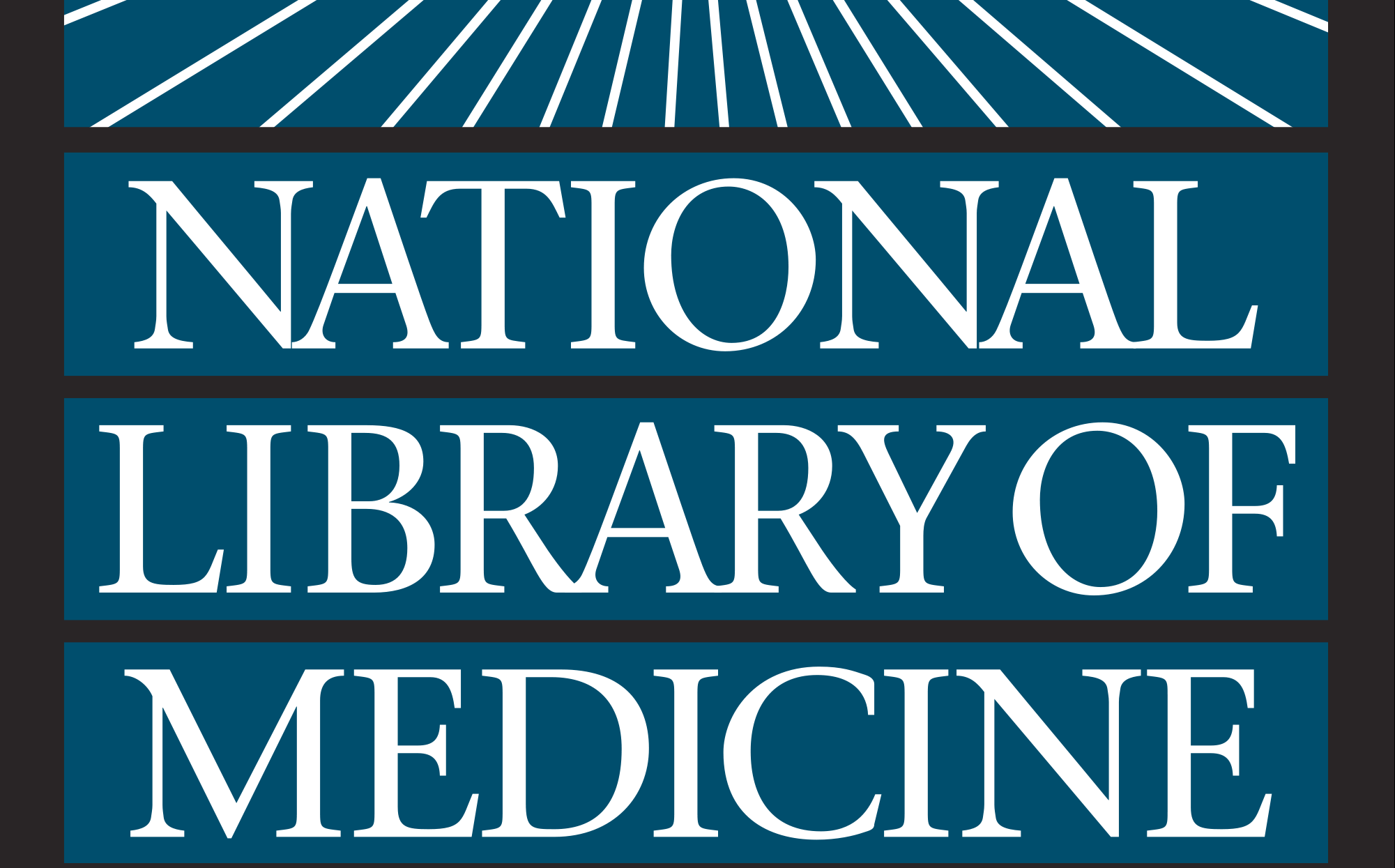Background
In 2015, it was estimated that the burden of disease in Iran comprised of 19 million disability-adjusted life years (DALYs), 74% of which were due to non-communicable diseases (NCDs). The observed leading causes of death were cardiovascular diseases (41.9%), neoplasms (14.9%), and road traffic injuries (7.4%). Even so, the health research investment in Iran continues to remain limited. This study aims to identify national health research priorities in Iran for the next five years to assist the efficient use of resources towards achieving the long-term health targets.
Methods
Adapting the Child Health and Nutrition Research Initiative (CHNRI) method, this study engaged 48 prominent Iranian academic leaders in the areas related to Iran’s long-term health targets, a group of research funders and policy makers, and 68 stakeholders from the wider society. 128 proposed research questions were scored independently using a set of five criteria: feasibility, impact on health, impact on economy, capacity building, and equity.
Findings
The top-10 priorities were focused on the research questions relating to: health insurance system reforms to improve equity; integration of NCDs prevention strategy into primary health care; cost-effective population-level interventions for NCDs and road traffic injury prevention; tailoring medical qualifications; epidemiological assessment of NCDs by geographic areas; equality in the distribution of health resources and services; current and future common health problems in Iran’s elderly and strategies to reduce their economic burden; the status of antibiotic resistance in Iran and strategies to promote rational use of antibiotics; the health impacts of water crisis; and research to replace the physician-centered health system with a team-based one.
Conclusions
These findings highlight consensus amongst various prominent Iranian researchers and stakeholders over the research priorities that require investment to generate information and knowledge relevant to the national health targets and policies. The exercise should assist in addressing the knowledge gaps to support both the National General Health Policies by 2025 and the health targets of the United Nations’ Sustainable Development Goals by 2030.



No responses yet